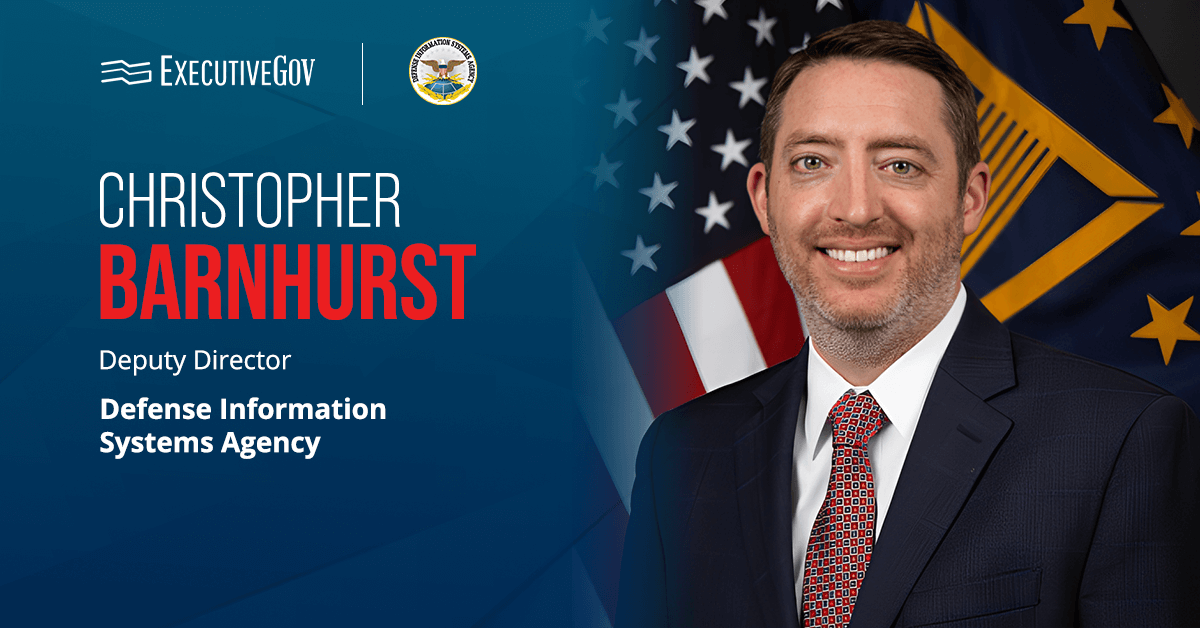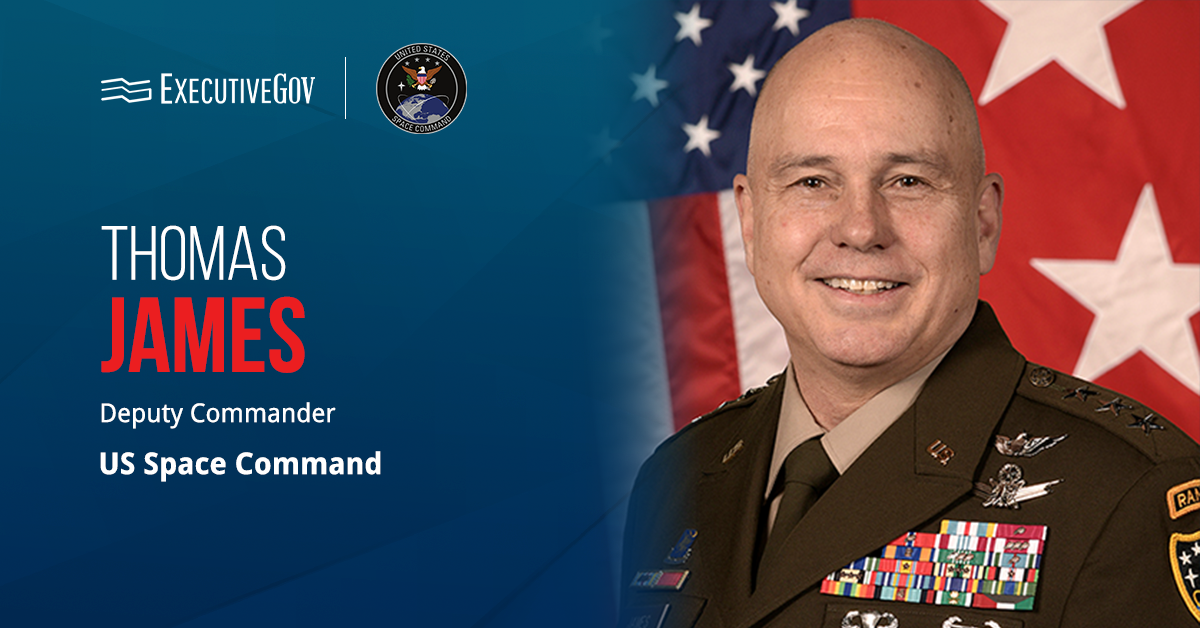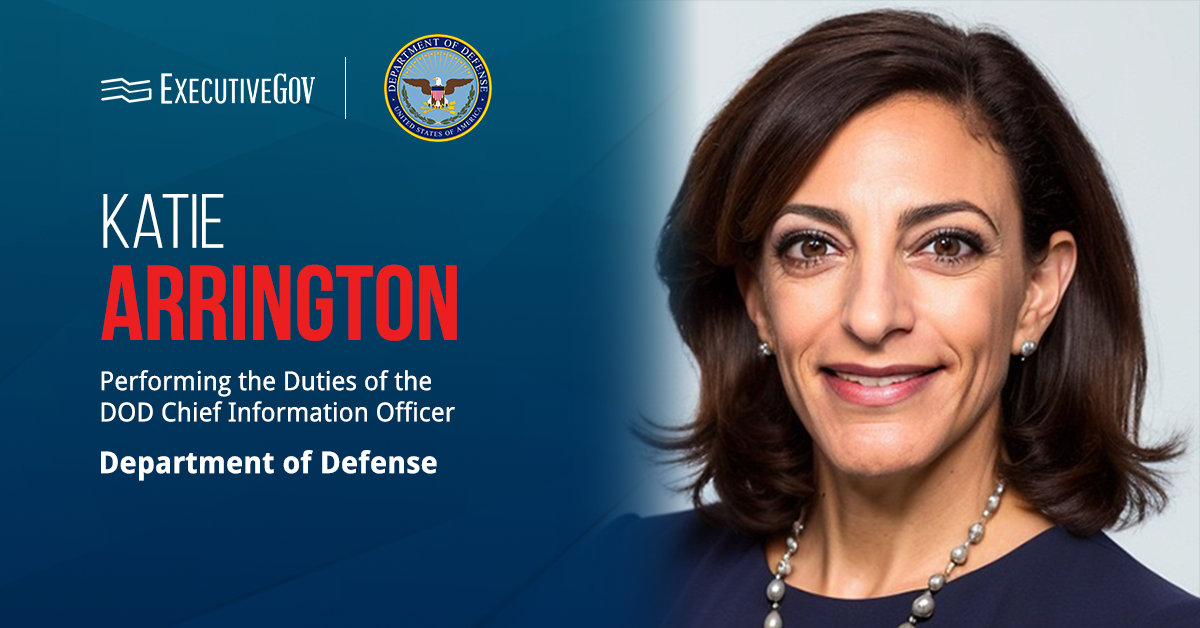The Washington Times reported Sunday that the Trump administration is considering the appointment of a “Golden Dome czar” to oversee the development and deployment of a next-generation missile defense shield to protect the U.S. homeland from hypersonic and ballistic missile attacks.
In January, President Donald Trump signed an executive order requiring the deployment of a new missile defense shield against foreign aerial attacks.
Table of Contents
Urgent Need for American Golden Dome
Defense industry leaders like United Launch Alliance CEO Tory Bruno have highlighted the need for a Golden Dome as Russia and China ramp up investments in the capability to conduct hypersonic attacks.
“The good news is that it is finally possible,” Bruno, a previous Wash100 awardee, wrote in an op-ed for The Washington Times. “A practical American Golden Dome could begin deployment right now. Even better news is that several existing agencies, such as the Missile Defense Agency, the Space Development Agency and the U.S. Space Force, could oversee this effort.”
The ULA chief executive and other industry experts say the system should include a space-based layer of interceptors, maritime-based missile defense systems and Terminal High-Altitude Area Defense anti-ballistic missile defense batteries.
AI-Powered Missile Tracking Satellites
Booz Allen Hamilton recently published a plan, called Brilliant Swarms, featuring a fleet of about 2,000 interconnected satellites designed to facilitate missile tracking operations using artificial intelligence and machine learning.
“For people in the industry, when we think about the space assets we have today, the combination of peer-to-peer networks, and the combination of [artificial intelligence], you put those three capabilities together and you can actually create space-layered missile defense capabilities for the United States that … was not possible during the Reagan era,” Andrea Inserra, president of global defense sector at Booz Allen and a 2025 Wash100 Award recipient, said during an exclusive interview on the Washington Times’ Threat Status podcast.













